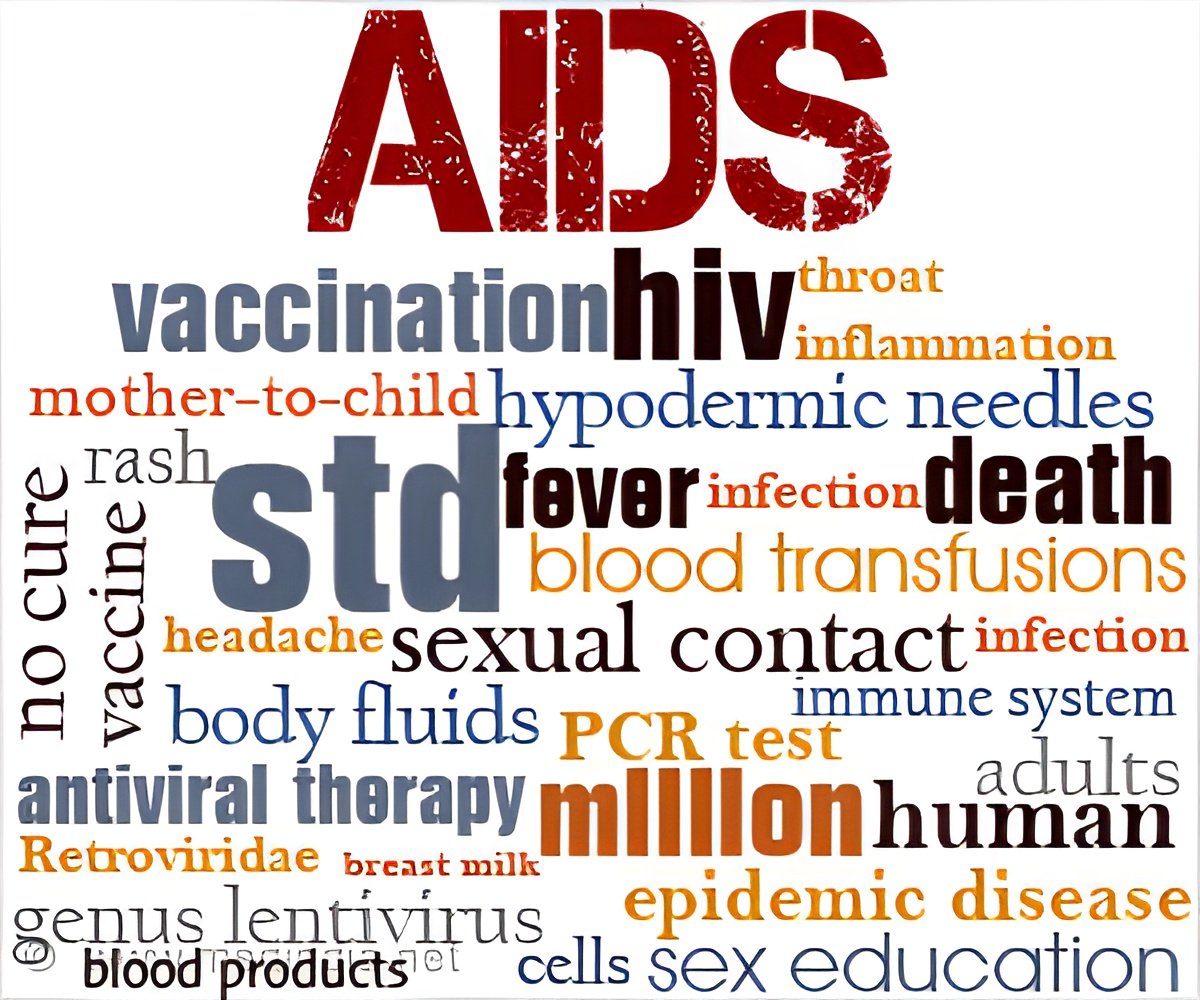
The decision to move to Chennai is parallel to the anti-HIV/AIDS movement in which Dr Suniti Solomon played a key role in many ways. Her death is an opportunity for many working in health and HIV to introspect on the nearly 3 decades of work.
Not only in detecting HIV’s entry in India in 1986, but also prevention that Tamil Nadu led from the front, bringing in government as well as international action, creating a ripple effect among communities and civil society organizations. Communities considered "high-risk groups" started becoming visible as the funds poured into campaigns, interventions and clinical services. A health and prevention exercise became a movement for communities who were living in the shadows of society and entitlements. Behavior change communication strategies in Tamil Nadu became a success was acknowledged at the national level. Planning and implementation of the national HIV program was taken forward from the Tamil Nadu experience.
Adult HIV prevalence is dropping below 1% in 2002, to less than 0.3% now. The dramatic change from being a high-prevalence state to one that had managed to halt and reverse the epidemic brought international spotlight.
Two key donors — USAID and BMGF — phased out their intervention among high-risk groups from 2010 and were handed over to the state. They began to focus on documentation and sharing of "best practices".
But the concern now is that the progress made by Tamil Nadu must not be lost. Recent district-level data reveals that there are several districts that show high-prevalence in the general population and an upward trend since 2010. Erode, Salem and Trichy districts show over 1% prevalence in the general population.
Advertisement
Communities did not seem to have developed enough capacity to take over program interventions. Consolidation has not happened and there is restlessness over withdrawal of international donors in several regions. Centers that were nodal points for communities to engage with one another were also handed over or shut down with the withdrawal of donors.
Advertisement
There are some warning signals that must not be ignored while planning an effective prevention. It is still possible for Devi to get the life that she hoped to get when she came to Chennai. The state that came together for nearly three decades of an internationally shared success story, needs to pull together to finish the task on. It is time to ensure that years of hard work are not undone. It is time to get a zero, as the slogan in HIV/AIDS prevention goes.
Source-Medindia















